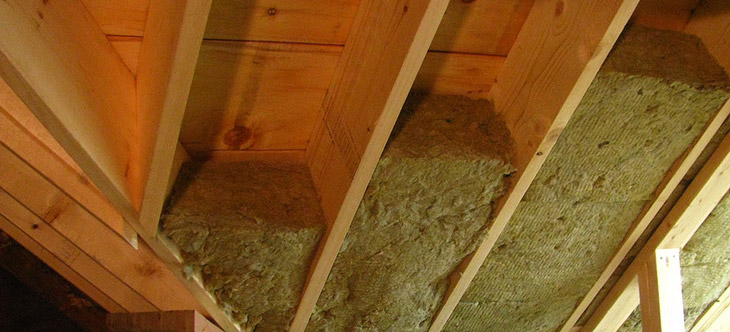Sound is a form of energy that travels as a wave: when that wave hits a barrier as in a sheet of drywall, that barrier will vibrate and cause the air on the other side to vibrate, thus transferring the sound through the wall. Sound-proofing insulation will help solve your soundproof problems for walls, ceilings, floors, and rooms.
There are several products on the market for commercial and residential walls, ceilings, and floor soundproofing projects. Soundproofing applications depend on building construction and the level of noise reduction.
Materials Typically Used for Sound-Proofing Insulation
Fiberglass and mineral fiber rolls are typically used for sound-proofing insulation. Not only do these materials help organically monitor the temperature inside your home, but they also help absorb sound waves.
Often placed between wall studs and within framing, these rolls are made from finely woven fibers (often glass, rock, or cotton) that form a dense, thick layer of insulation.
Using Blankets Instead of Batts for Sound-Proofing Insulation
Blankets made from the same materials also provide effective sound-proofing insulation. However, you do not necessarily need sound-proofing insulation blankets with the highest density: the optimal density is 2.5 to 3.0 pounds per cubic foot.
Blankets that do not fall within this range of density often struggle in blocking high-frequency sounds; blankets with density that is too high will struggle to block lower-frequency sounds.
Get 5% Off + a Free Estimate from Bulldog Insulation!
Ready to have your Columbus insulation needs met? Contact us for a free estimate + 5% off!

